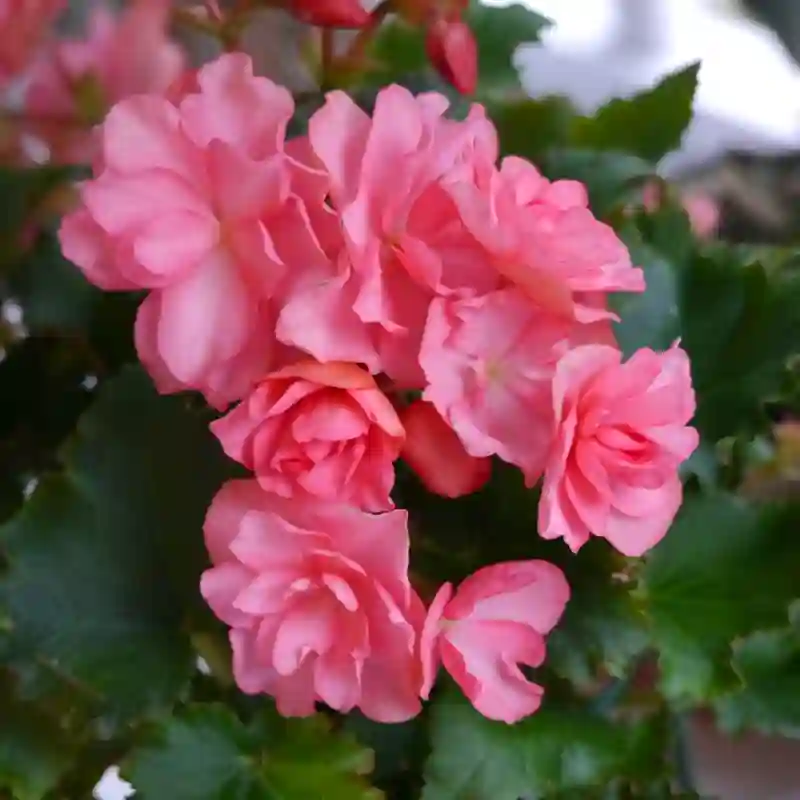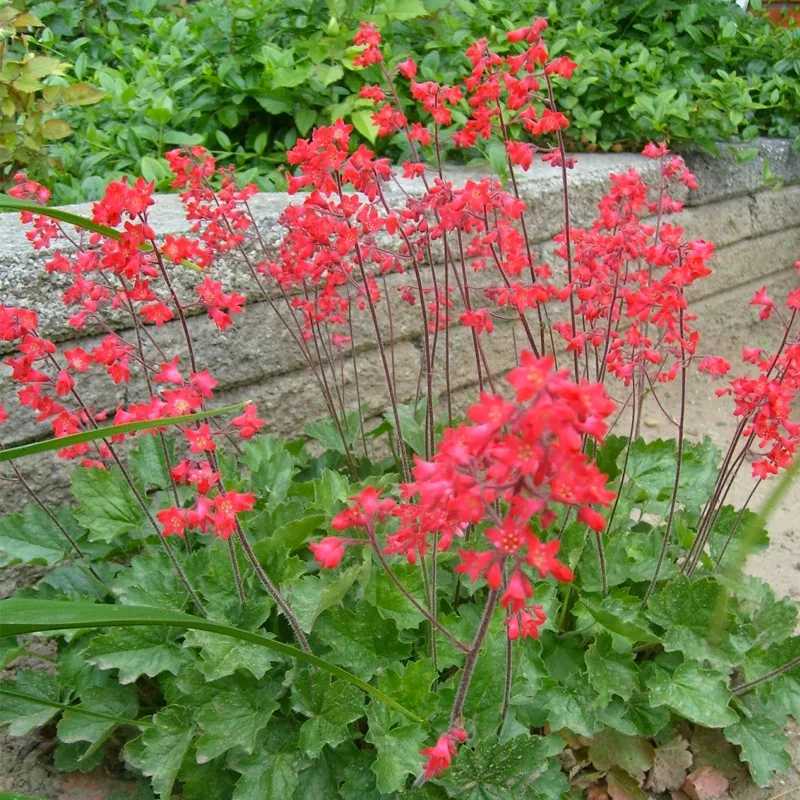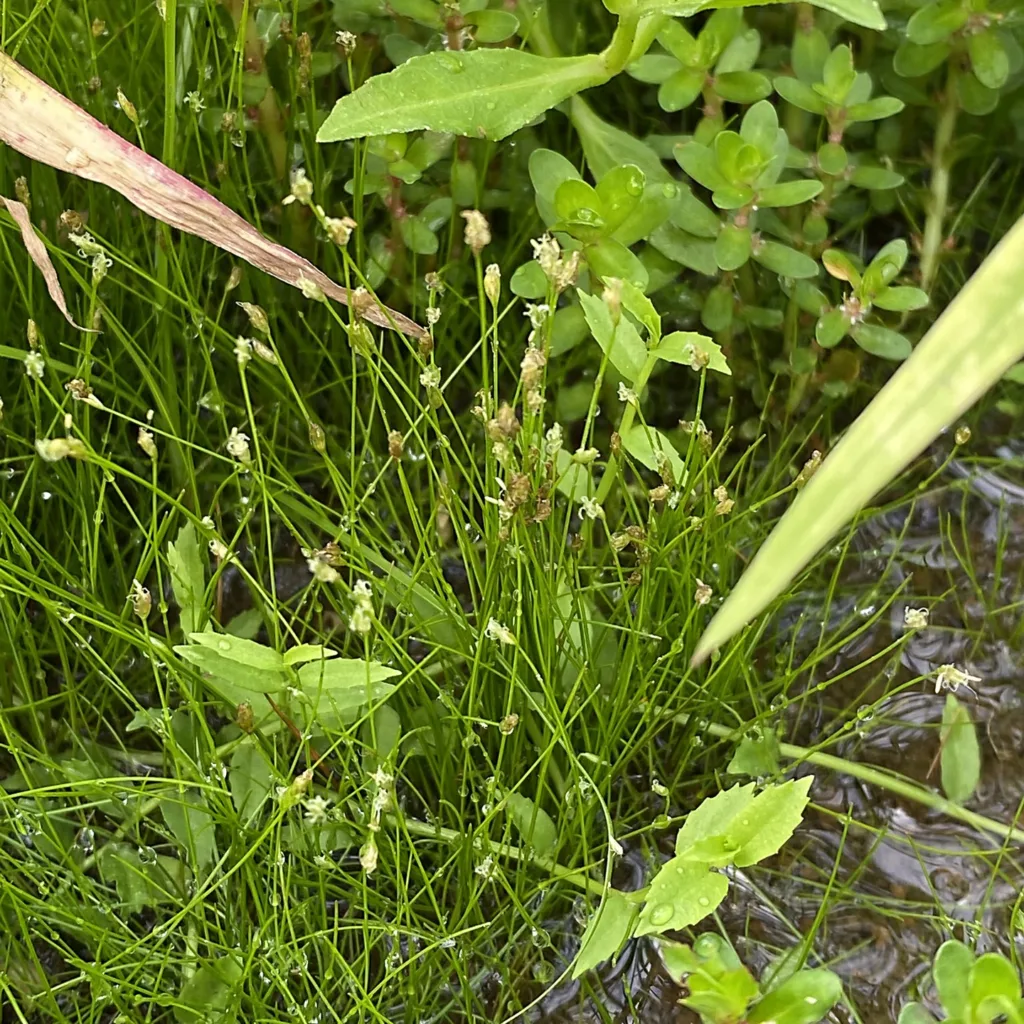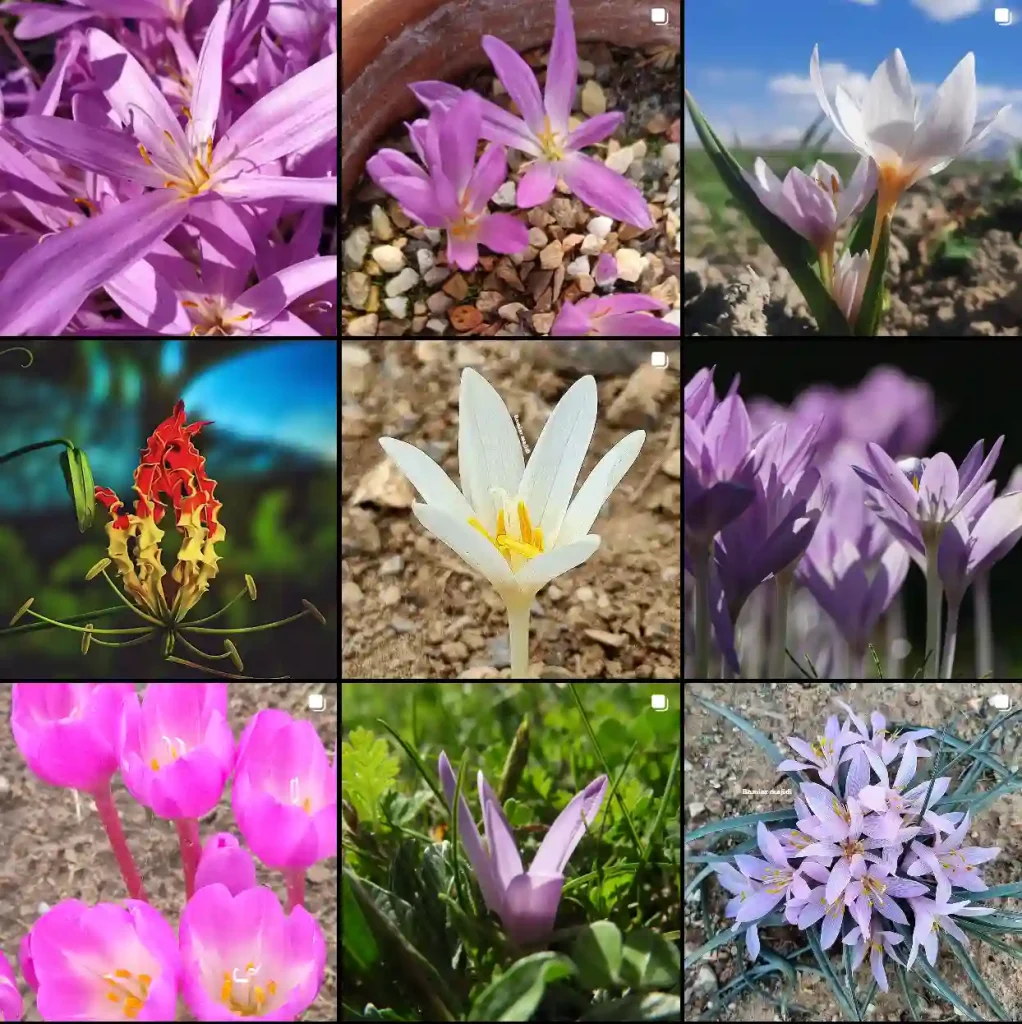Frequently Asked Questions About Eupatorium Capillifolium
Eupatorium Capillifolium, commonly known as Dogfennel, is a fascinating plant that often piques curiosity among gardeners and plant enthusiasts. This article will address frequently asked questions about Eupatorium Capillifolium, covering everything from its care and propagation to its toxicity and companion planting.
68 Species in Genus Eupatorium
What Is Eupatorium Capillifolium?
Eupatorium Capillifolium, also known as Dogfennel, is a perennial herbaceous plant native to the southeastern United States. It belongs to the Asteraceae family, which includes sunflowers and daisies. Dogfennel is distinguished by its finely divided, fern-like leaves and its ability to grow up to 5 feet tall. It produces small, white to pale yellow flowers in dense clusters, typically appearing in late summer to fall.
How to Care for Eupatorium Capillifolium?
Caring for Eupatorium Capillifolium involves several key aspects:
- Sunlight: Dogfennel thrives in full sun to partial shade. It prefers a sunny spot but can tolerate some shade, especially in hotter climates.
- Soil: This plant adapts well to various soil types but favors well-drained soil. It can grow in poor soils, making it a resilient choice for challenging garden conditions.
- Watering: While Dogfennel is relatively drought-tolerant, it benefits from regular watering, especially during dry spells. Ensure the soil remains moist but not waterlogged.
- Fertilization: Eupatorium Capillifolium does not require heavy feeding. An annual application of a balanced fertilizer or compost in the spring will help maintain healthy growth.
- Pruning: To manage its size and encourage bushier growth, cut back the plant in early spring before new growth begins. Removing spent flowers can also extend its blooming period.
How to Propagate Eupatorium Capillifolium?
Propagating Eupatorium Capillifolium can be done through seeds or division:
- Seeds: Start seeds indoors 6-8 weeks before the last frost. Sow them in a seed-starting mix, keeping them lightly covered. Transplant seedlings outdoors after the danger of frost has passed and they are large enough to handle.
- Division: In spring or fall, divide established clumps of Dogfennel. Dig up the plant, separate the root ball into smaller sections, and replant them. This method is effective for rejuvenating older plants and increasing your garden’s stock.
What to Plant With Eupatorium Capillifolium?
Dogfennel pairs well with a variety of garden plants:
- Perennials: Complement it with other perennials like Rudbeckia, Echinacea, and Coreopsis. Their bold colors and varying heights create a dynamic garden space.
- Grasses: Plant it alongside ornamental grasses such as Panicum virgatum (Switchgrass) or Miscanthus sinensis (Maiden Grass) for a naturalistic look.
- Ground Covers: Consider ground covers like Creeping Jenny or Sweet Woodruff to fill in gaps and add texture around Dogfennel.
Can You Grow Eupatorium Capillifolium Indoors?
Growing Eupatorium Capillifolium indoors is challenging due to its size and light requirements. It prefers outdoor conditions where it can receive full sunlight. However, if you want to try growing it indoors, provide a large pot, ample light (preferably with a grow light), and space for its growth. It’s more practical to enjoy this plant outdoors where it can thrive in its natural environment.
Is Eupatorium Capillifolium Toxic?
Eupatorium Capillifolium is not considered toxic to humans or pets. However, it’s always wise to prevent pets from chewing on garden plants and to wash hands after handling them, as some plants can cause mild irritation.
Benefits of Eupatorium Capillifolium
Eupatorium Capillifolium offers several benefits:
- Wildlife Habitat: It attracts pollinators such as bees and butterflies, making it a great addition to a pollinator garden.
- Erosion Control: Its dense foliage helps prevent soil erosion, particularly in areas prone to runoff.
- Aesthetic Appeal: The delicate, fern-like foliage and clusters of small flowers add texture and visual interest to garden beds and landscapes.
Common Problems with Eupatorium Capillifolium
While generally hardy, Eupatorium Capillifolium can encounter a few issues:
- Pests: Watch for aphids and spider mites, which may infest the plant. Regular inspection and appropriate insecticides or natural remedies can manage these pests.
- Diseases: Root rot can occur in poorly drained soils. Ensure proper drainage and avoid overwatering to prevent this issue.
- Self-Seeding: Dogfennel can be aggressive and self-seed prolifically. To control its spread, deadhead the flowers before they go to seed and manage its growth through regular pruning.
Comparing Eupatorium Capillifolium with Similar Plants
Eupatorium Capillifolium is often confused with other plants in the Eupatorium genus, such as Eupatorium Perfoliatum (Boneset). While both have similar floral structures, Dogfennel is distinguished by its finer, fern-like leaves compared to the broader, more coarse leaves of Boneset. Additionally, Boneset typically has more densely packed flower heads and is often used for medicinal purposes.
In summary, Eupatorium Capillifolium, or Dogfennel, is a versatile and attractive plant that can enhance various garden settings. With the right care and conditions, it can thrive and offer numerous benefits, from its wildlife-friendly qualities to its aesthetic appeal. Whether you’re looking to add texture to your garden or attract pollinators, Dogfennel is a plant worth considering.
If i die, water my plants!



